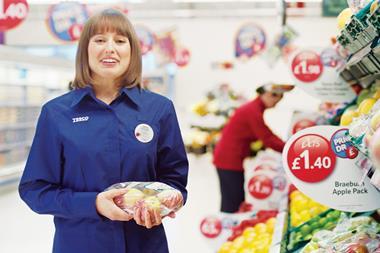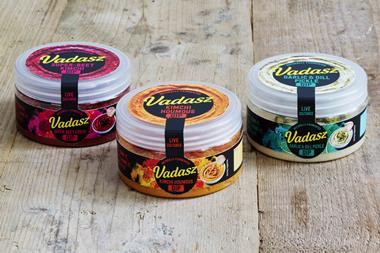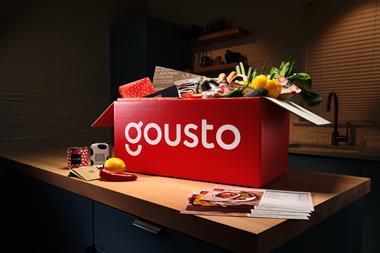Consumers have a right to know what they are buying. That's why the CWS Campaign for Honest Labelling has my full support. They identified Seven Deadly Sins of Food Labelling' including weasel words' like traditional' and natural', which sound good but mean little on their own, and half truths' such as claims that biscuits are 90% fat-free' rather than 10% fat'.
I know those all too well. Do you remember the non-dairy spread called Golden Churn? Now renamed, it is a perfectly proper product but it manifestly had nothing to do with a butter churn. Or there was Sainsbury's traditional' lemonade that was carbonated! In both cases polite intervention got the change I wanted but then these are two very respectable companies. The problem often lies elsewhere.
That's why I agree with the Co-op code of practice to provide universal and unambiguous labelling. For meat, they give the minimum meat content and how much water has been added. To accompany nutritional information, the words high, medium and low give a user-friendly indication of the calorie, fat or salt content of a food. They also pledged to tighten up the labelling of food products originating outside the UK, 12 months before Nick Brown announced his guidelines.
I am, however, worried that the Consumers' Association wants more. What we don't want is packaging burdened with endless facts and figures. The CA wants to see warnings for high risk foods, incorporating advice on thorough cooking of minced beef and poultry products as well as the optimum storage temperature.
They also want food irradiation and genetic modification clearly indicated and an explicit declaration of the presence of common allergens in addition to their being on the list of ingredients.
The trouble is that the customers will ignore everything if we insist on too much. Better to get honest labelling and essential information for everyone than make shopping so complicated that sensible people refuse to read the labels.
{{NEWS }}
Close menu
- Home
- Retail & Wholesale
-
Products & Suppliers
- Back to parent navigation item
- Products & Suppliers
-
Product Categories:
- Back to parent navigation item
- Product Categories:
- Alcoholic drinks
- Bakery
- Cereals & breakfast
- Cheese
- Chicken & poultry
- Chocolate
- Confectionery
- Crisps, nuts & snacks
- Dairy
- Fish
- Fresh produce
- Frozen
- Household
- Meat
- Own Label
- Sauces & condiments
- Seasonal
- Soft drinks
- Vaping
- Vegan & plant-based
- World foods
- Suppliers
- People
- Reports & Data
-
Topics A-Z
- Back to parent navigation item
- Topics A-Z
-
Popular topics:
- Back to parent navigation item
- Popular topics:
- Cost of living crisis
- Crime
- Deposit Return Schemes
- Finance
- Government & Regulation
- Health
- Inflation
- Loyalty
- Marketing
- Mergers & Acquisitions
- New Product Development
- Sourcing
- Supply chain
- Sustainability & environment
- Technology
- Ultra Processed Foods
- Vaping
- A-Z all topics
- Content by type:
- Events
- Ask iA (beta)
- Subscribe now
Sign in to comment on this article
Not logged in before? Register for FREE guest access today.
You will be able to:
- Read more stories
- Receive daily newsletters
- Comment on stories
Advert
















No comments yet